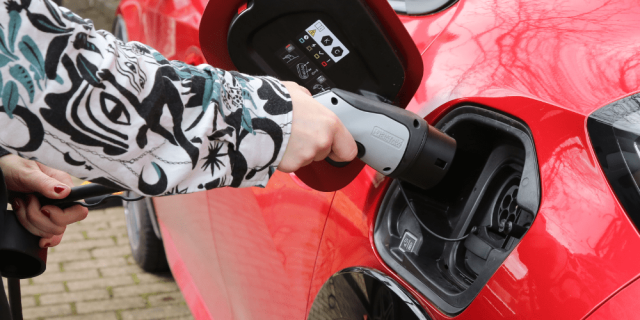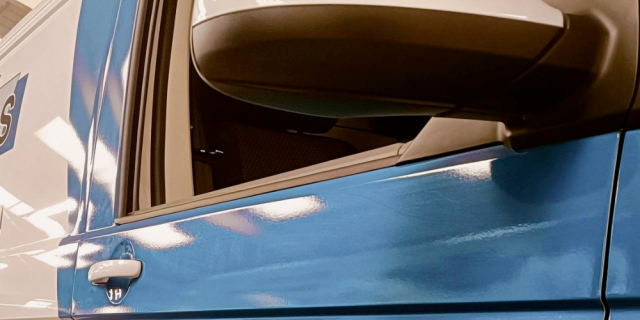Almost six in ten (59%) of the fleets which are not considering implementing electric vehicles (EVs) named a lack of public charging infrastructure as the top barrier to their adoption. However, the majority of perceived barriers listed by non-EV adopting fleets reduced significantly over the last year, according to results from the latest Arval Mobility Observatory Barometer research.
When the same non-EV adopter group were asked, “What are the constraints you face in using battery electric vehicles?”, following public charging, 43% then mentioned the purchase price being higher than that of a petrol or diesel car, and then no charging being available at the employee’s home, which dropped from more than half (55%) last year, to just 37% this year.
Shaun Sadlier, Head of Arval Mobility Observatory in the UK, said: “Although public charging is seen by businesses as the biggest problem when it comes to EV adoption, to a great extent the charging issue that they face can be solved by those employers themselves. They can choose to invest in office and home charging for example. However, difficulties surrounding public charging are very much in the hands of others, but the regular updates on significant investment in the charging infrastructure indicate that this will become less of an issue in the future.
“This issue is especially difficult for the four out of ten motorists who do not have driveways and rely on third parties such as local authorities and commercial charging providers to fit facilities on the streets near their homes. While this is not happening as quickly as these fleets would like, the continued investment in new rapid-charging infrastructure will make operating an EV much easier for those who can’t charge at home in the future.”
Shaun added it was encouraging that, compared to last year, most of the issues about which fleets were being questioned in the research were now perceived as smaller problems.
“Our view of this is that businesses are becoming more and more accustomed to, and enthusiastic about, EV adoption. The technology, which was previously new to many of them, now holds fewer fears as they can see more and more of these vehicles being successfully used day-to-day on their own fleets, by other businesses, and by private motorists. We fully expect these objections to fall even further or disappear in next year’s Arval Mobility Observatory Barometer.”
WHAT ARE THE CONSTRAINTS YOU FACE IN USING BATTERY ELECTRIC VEHICLES?
| The number of public charging points | 59% |
| The purchase price is higher than a petrol or diesel car | 43% (down from 65% last year) |
| The range of available models is limited | 39% (down from 64% last year) |
| No charging is available at the employee’s home | 37% (down from 55% last year) |
| No charging is available at our company offices | 36% (down from 55% last year) |
| There are question marks over reliability | 27% (down from 34% last year) |
| Employee reluctance to drive such vehicles | 15% |
To discover more insights on key topics covered in the Arval Mobility Observatory 2021 Barometer, visit arval.co.uk/amo-insight.




